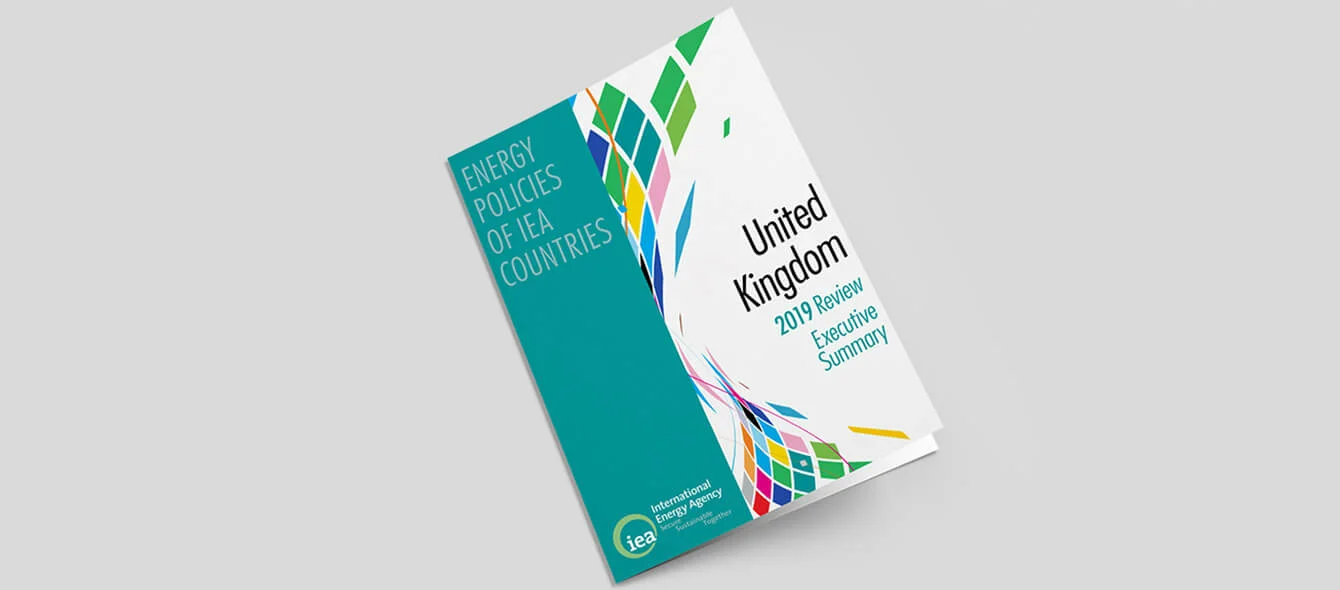The UK has made major reductions in greenhouse gas emissions (GHG), according to the International Energy Agency (IEA), led by the growth of wind generation and coal-to-gas switching, but new policies are needed, the agency says, which broaden decarbonisation measures across the economy.
The UK is an international leader in reducing greenhouse gas emissions, particularly from the power sector, according to a review of UK energy policies published in June by the International Energy Agency. Total UK GHG emissions are 40 percent below 1990 levels, the IEA said, while security of electricity and gas supply is strong, as a result of interconnectors with mainland Europe, a recovery in domestic oil and gas production and the ability to import liquified natural gas.
However, the UK now faces further challenges, which require new policies as it attempts to extend emissions reductions more broadly into the transport and heating sectors. Under the period of review, the government’s target was an 80 percent reduction in GHG emissions over 1990 levels by 2050, but it has subsequently announced an even more ambitious goal of reaching net zero emissions by 2050.
In particular, the IEA said, “a rebalancing of decarbonisation efforts and costs across the economy” is essential. The agency said that transport was now the largest source of energy-related carbon dioxide (CO2) emissions.
The IEA highlighted two UK policy measures, which it viewed as particularly effective in reducing emissions since its last review in 2012. Firstly, the UK’s Contract for Difference (CfD) scheme, which in effect provides a fixed price, and thus investment certainty, for various forms of low carbon generation. The IEA noted the strong jump in wind generation, aided by CfD support, which has increased from a 3 percent share of electricity generation in 2010 to 15 percent in 2017.
The second policy is the UK’s Carbon Price Floor, which sets a minimum price for CO2 emissions, currently £18.08 per tonne of CO2, from the power sector, combined with the emissions performance standard for power plants. This, the IEA said, created a clear price signal for low carbon power generation at a time when carbon prices on the EU Emissions Trading Scheme were low, and had been a key driver in reducing coal-fired power generation.
Coal-fired generation has been rapidly replaced by renewable energy sources, notably offshore wind, and natural gas-fired generation, putting the UK firmly on course to meet its ambition of phasing out all unabated coal-fired generation by 2025.
However, the IEA said that emissions reduction measures in the power sector had increased costs for consumers, and it was critical of the impact of the temporary price cap on default retail tariffs introduced from January 1, 2019. This, it said, prompted electricity retailers to charge up to the cap, while making consumers less active in switching to better offers. But it was complimentary about the move to competitive auctions in the allocation of CfDs, which it saw as a means of passing through lower renewable energy costs to consumers.
The IEA said continued emissions reductions in the power sector would be needed to underpin electrification in heating and transport. The IEA noted that while the country’s nuclear power programme was behind schedule, offshore wind was likely to deliver government expectations of 1 to 2 GW of additional capacity a year throughout the 2020s.
The agency made a number of specific policy recommendations: removing barriers to competition in wholesale and retail electricity markets; fiscal policies which support decarbonisation in the transport and heating sectors; the creation of a single dedicated energy efficiency strategy; leading low carbon innovation, for example in Carbon Capture and Storage; and maintaining free and open trade with EU countries post-Brexit to ensure robust security of energy supply.
The UK government’s challenge now is to close the policy gap between the measures currently in place and the emissions reductions it hopes to achieve in coming years.
Photo credits: IEA
